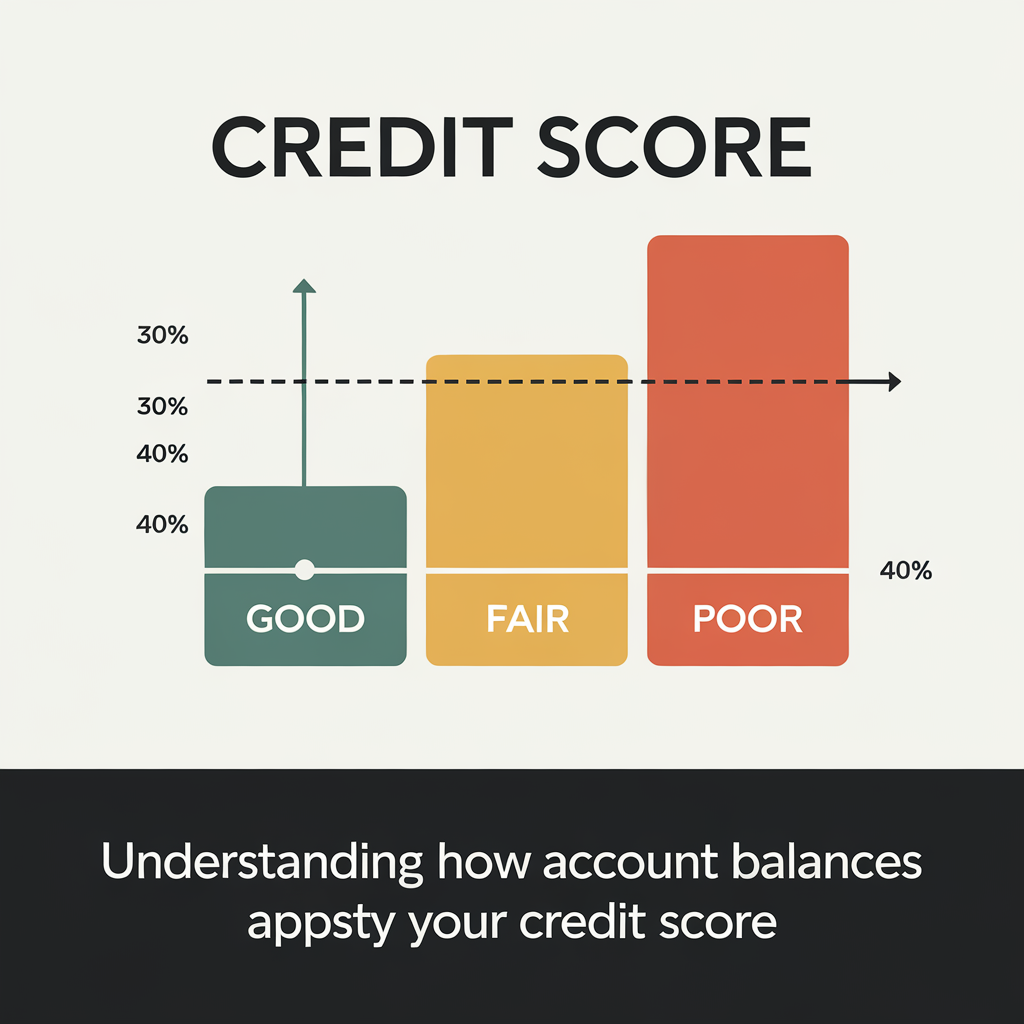Automate Your Savings: A Step-by-Step Guide to Financial Success
In today’s world, automation is everywhere—from streaming services that queue up the next episode of your favorite show to motion-sensing water faucets. So why not add saving money to the list of things that happen automatically? Making automated savings part of your payday routine can reduce temptations to spend impulsively, making it easier to save for your financial goals. Here are nine steps to creating an automatic savings plan.
Determine Your Savings Goals
Start by deciding what you’re saving for. Do you want to build an emergency fund, save for a down payment on a house, or set aside money for a big vacation? Estimate the amount you’ll need, then figure out how much you should save every month to reach those goals. If you don’t have a specific goal in mind, putting at least 10% of your income in savings each month is a good general guideline as you set up an automatic savings plan.
Make a Budget
Reaching your savings goals may require reworking your budget (or making one for the first time). Go over your income and list your essential and nonessential expenses. Then look for ways to cut your spending so you can put that extra cash toward savings. Consistency is key: Even if you can only save a small amount—say, $100 a month to start—it will add up over time.
Choose a Savings Account
If you don’t already have a savings account, you’ll need to open one. Opening an account at the bank where you have your checking account is the simplest option; internal transfers from one account to another at the same bank are fast and easy. However, you can also set up electronic transfers between two different banks (known as external transfers) by linking your two accounts.
When comparing savings accounts, consider factors such as fees, withdrawal limits, and how easily you can access your money. Also, compare each savings account’s annual percentage yield (APY), which measures the expected rate of return you’ll earn from compound interest.
Traditional savings accounts typically don’t earn much interest. As of May 15, 2023, the average APY on a traditional savings account is 0.40%. Money market accounts combine features of savings and checking accounts (such as the ability to write checks). They generally earn more interest than traditional checking and savings accounts, averaging 0.59% APY as of May 15, 2023. High-yield savings accounts usually offer even higher APYs than money market accounts. As of May 2023, some high-yield savings accounts have APYs close to 5%.
Online-only banks frequently offer better interest rates than brick-and-mortar banks and, as long as they’re insured by the Federal Deposit Insurance Corp. (FDIC), are equally safe.
Open a Savings Account (or Two)
Opening more than one savings account can help organize your money as you save for different goals. For example, you could use one savings account to build an emergency fund and another as a sinking fund to save for an upcoming trip or your annual property tax bill.
You can typically open a savings account online or in person. The specific documents required may vary from one bank to another, but you’ll usually need:
- A government-issued photo ID, such as a driver’s license
- Your Social Security number or individual taxpayer identification number
- A second form of identification, such as your birth certificate or a utility bill with your name on it
Some banks require a minimum initial deposit, which you can make by cash, check, or electronic funds transfer from an existing bank account.
Set Up Automatic Deposits or Transfers
Your employer may offer the option to have your paycheck directly deposited into two or more bank accounts, such as checking and savings. Generally, you set this up with your HR department and can choose a percentage of your paycheck or a dollar amount to deposit into savings each payday.
Some employers even offer emergency savings accounts (ESAs) that deduct money from your paycheck and put it into savings automatically. Compare the features of any ESA your company offers with the features of other savings accounts you’re considering to see which makes sense for you.
If your employer doesn’t offer direct deposit splits or an ESA, you can use your bank’s website or mobile app to schedule automatic transfers between accounts. You’ll need to choose a deposit day and frequency that works for you (for example, the day after payday, once a week, or once a month). To avoid triggering fees, be sure to stay within any limits your bank sets on the number of transactions per month.
Decide How Long Your Automatic Savings Plan Will Last
Keeping your automated savings going indefinitely is a great way to make saving a habit. However, you may also want to switch your automated savings off or redirect the money after you’ve achieved a specific goal. For instance, you might plan to turn off transfers to your emergency fund once you’ve saved three to six months’ worth of expenses and redirect your funds toward a home down payment savings account instead.
Monitor Your Savings Account
Go online or download your bank’s mobile banking app so you can keep tabs on your savings. By checking your bank account frequently, you can make sure your checking account has the funds to handle any upcoming automatic transfers. You can also confirm your paycheck direct deposits are happening as planned. (Bonus: You can also savor the satisfaction of watching your savings grow.)
Limit Withdrawals From Your Savings Account
Many savings accounts limit account holders to six withdrawals per month. Withdrawing money more often than that could trigger fees. Read the terms of your savings account and make sure you stay within its limitations. After all, wasting money on bank fees can make it harder to reach your savings goals.
Adjust Your Savings Plan as Needed
Life changes sometimes require changing up your automated savings strategy. For instance, if you get a pay raise, try boosting the amount you contribute to your automated savings plan. After a layoff, on the other hand, you may need to dial down your savings contributions (or even tap your emergency fund). That’s OK—just commit to rebuilding your savings as soon as possible.
Automate Your Financial Life
Once you’ve put your savings plan on autopilot, consider doing the same for other aspects of your finances. Setting up automatic bill payments can help improve your credit score; automating investing and retirement savings can help you reach your financial goals faster.
While you’re at it, consider setting up free credit monitoring. You’ll automatically be alerted of changes in your Experian credit report and any suspicious activity that could signal fraud. It’s just one of the many ways automating your finances can save you time and reduce stress.
At O1ne Mortgage, we understand the importance of financial planning and saving for your future. If you’re looking to buy a home or need any mortgage services, give us a call at 213-732-3074. Our team of experts is here to help you every step of the way. Start your journey to financial success with O1ne Mortgage today!







